I am measuring the similarity of two data with same size is 20. That is
A=[0.915450999999999 0.908220499999997 0.900374999999996 0.890547499999996 0.880455499999997 0.868436999999998 0.853787499999999 0.836066499999999 0.815514999999999 0.785924499999999 0.661612000000002 0.208405500000000 0.0495730000000000 0.0148525000000000 0.00604500000000001 0.00292150000000000 0.00150100000000000 0.000730999999999999 0.000431999999999999 0.000222999999999999]
and
B=[0.915971250000000 0.909765000000000 0.902468749999999 0.894108749999999 0.883719999999998 0.871347499999999 0.857477500000000 0.841131250000000 0.821846250000000 0.796526250000000 0.673128750000000 0.208027500000000 0.0520962500000000 0.0187462500000000 0.00634375000000000 0.00295500000000000 0.00134500000000000 0.000226250000000000 0.000150000000000000 0.000113750000000000]
Could you help me to calculate it in matlab? The result shows 1 if they are similar, otherwise, 0 is different.
 Thank in advance.
Thank in advance.